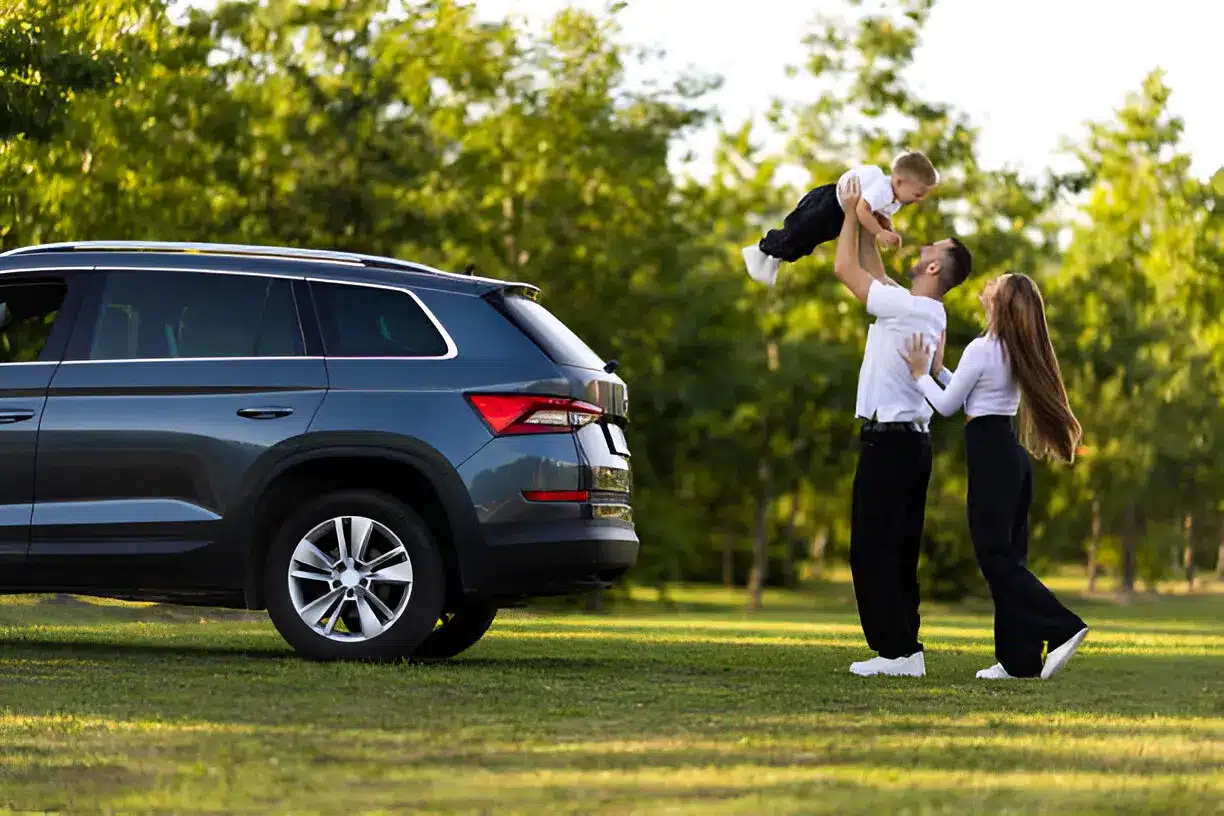When it’s time to buy a new car—especially one meant to transport your family—safety is likely at the top of your priority list. The choice between an SUV and a sedan isn’t always simple. SUVs may seem safer because of their size and sturdy build, but they also come with unique risks, especially when it comes to rollovers.
So which is safer? To answer that, it’s important to look beyond just size. Crash statistics, fatality data, and overall vehicle design all play a role. This recent study by Therman Law offers insight to help families make informed decisions.
How Vehicle Type Affects Crash Survival
Traffic-related fatalities remain one of the leading causes of death in the U.S. In 2022 alone, there were 42,514 roadway deaths nationwide. In Illinois, motor vehicle crashes were the third leading cause of death—just behind heart disease and cancer—claiming 1,268 lives that year.
Not every crash can be avoided, but the type of vehicle you drive can influence how well you fare in an accident. According to the National Highway Traffic Safety Administration (NHTSA), both light trucks and passenger vehicles are heavily involved in fatal crashes, but the specifics offer some clarity.
In 2022:
- SUVs were involved in 14,117 fatal crashes out of the 25,807 total for light trucks.
- Sedans accounted for 15,757 of the 20,049 fatal crashes involving passenger cars.
In Illinois specifically:
- Light trucks: 740 accidents (39.9%)
- Passenger vehicles: 648 accidents (35%)
- Large trucks: 217 accidents (11.7%)
- Motorcycles: 135 accidents (8.4%)
- Specialty/other vehicles: 83 accidents (4.5%)
- Buses: 10 accidents (0.5%)
Pros and Cons of Sedans vs. SUVs
What can we learn from this data?
Sedans, due to their smaller size and lighter build, offer less protection in high-impact collisions. In contrast, SUVs provide more structural cushioning, which can make a life-saving difference in certain crashes. However, that added height and weight comes with a higher risk of rollovers—particularly in sharp turns or during evasive maneuvers.
One crucial factor is weight difference. Studies show that when two vehicles collide and one is significantly heavier (by around 1,000 pounds), the occupants in the lighter car face nearly a 50% higher fatality risk.
Surprising Risk Factor: Vehicle Color
Color isn’t just cosmetic—it can impact crash risk. Darker-colored vehicles, such as black, grey, silver, blue, and red, tend to blend into roadways and perform worse in low-light conditions. These vehicles have been associated with a 7–15% higher crash risk compared to lighter-colored cars like white, yellow, or orange.
Tips to Stay Safe—No Matter What You Drive
Regardless of your vehicle type, safety habits and features matter most.
Sedan drivers should:
- Stay extra alert around larger vehicles.
- Invest in safety features such as lane-keeping assist and automatic emergency braking.
SUV drivers should:
- Reduce speed during turns and in inclement weather.
- Be aware of their vehicle’s higher rollover potential and brake earlier than needed.
Final Thoughts
Choosing between a sedan and an SUV isn’t just a question of preference—it’s a matter of safety. Sedans may offer better maneuverability and lower rollover risk, while SUVs provide greater impact protection but come with their own hazards. Whichever you choose, staying informed and driving responsibly are your most important safety tools.
Also Read-Is Ghosting Your Ex Legal? What California Family Law Says About Abandonment










